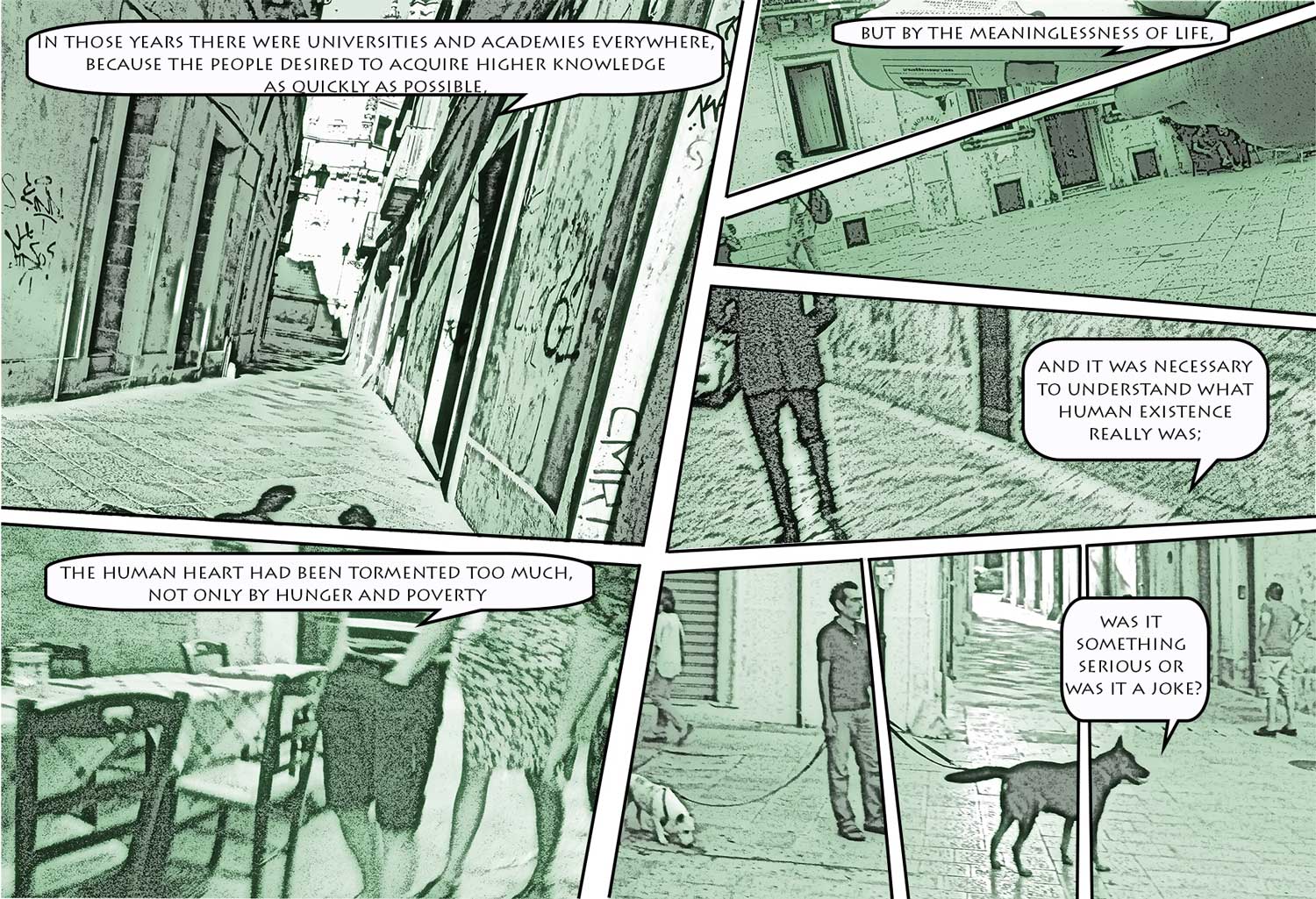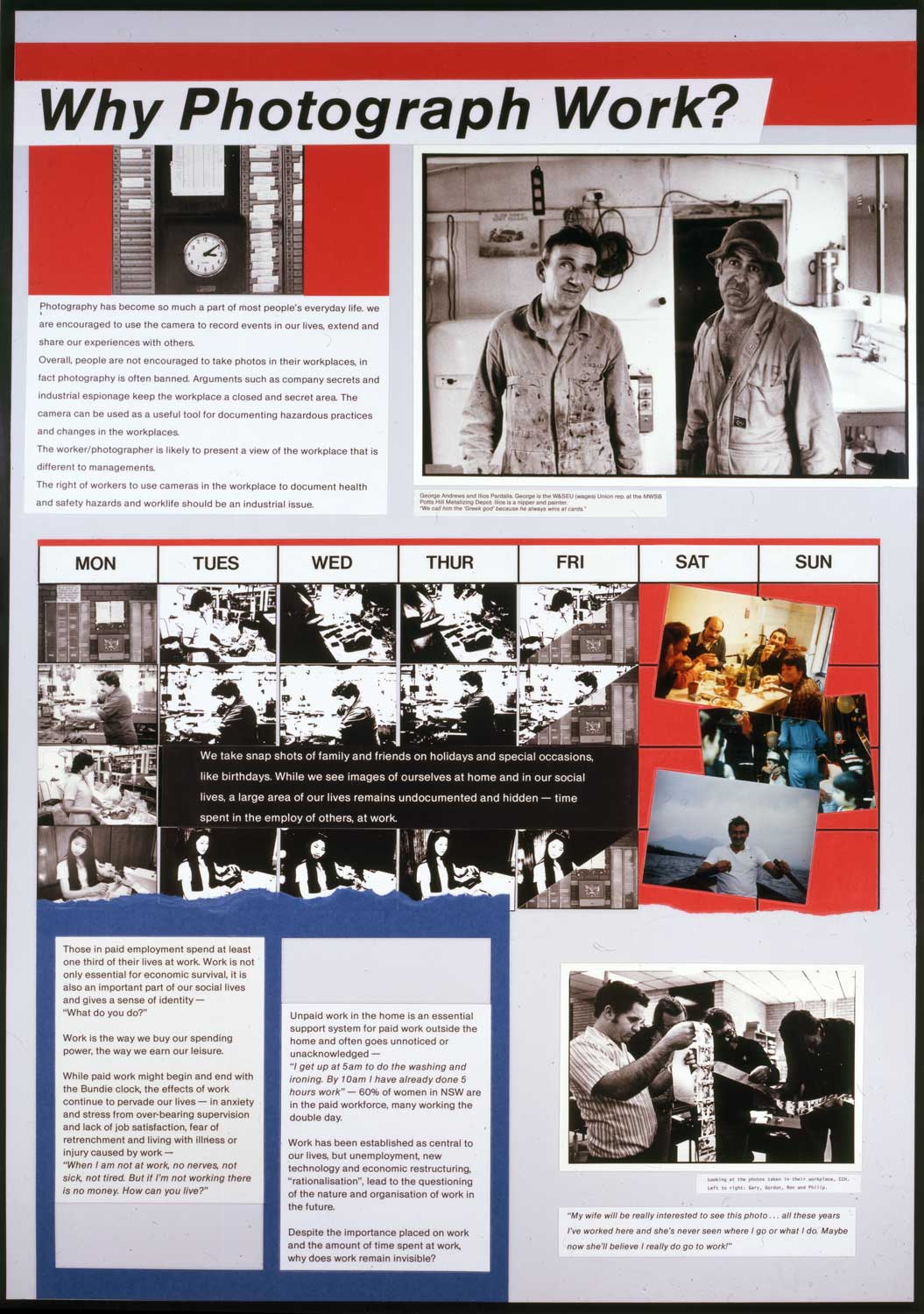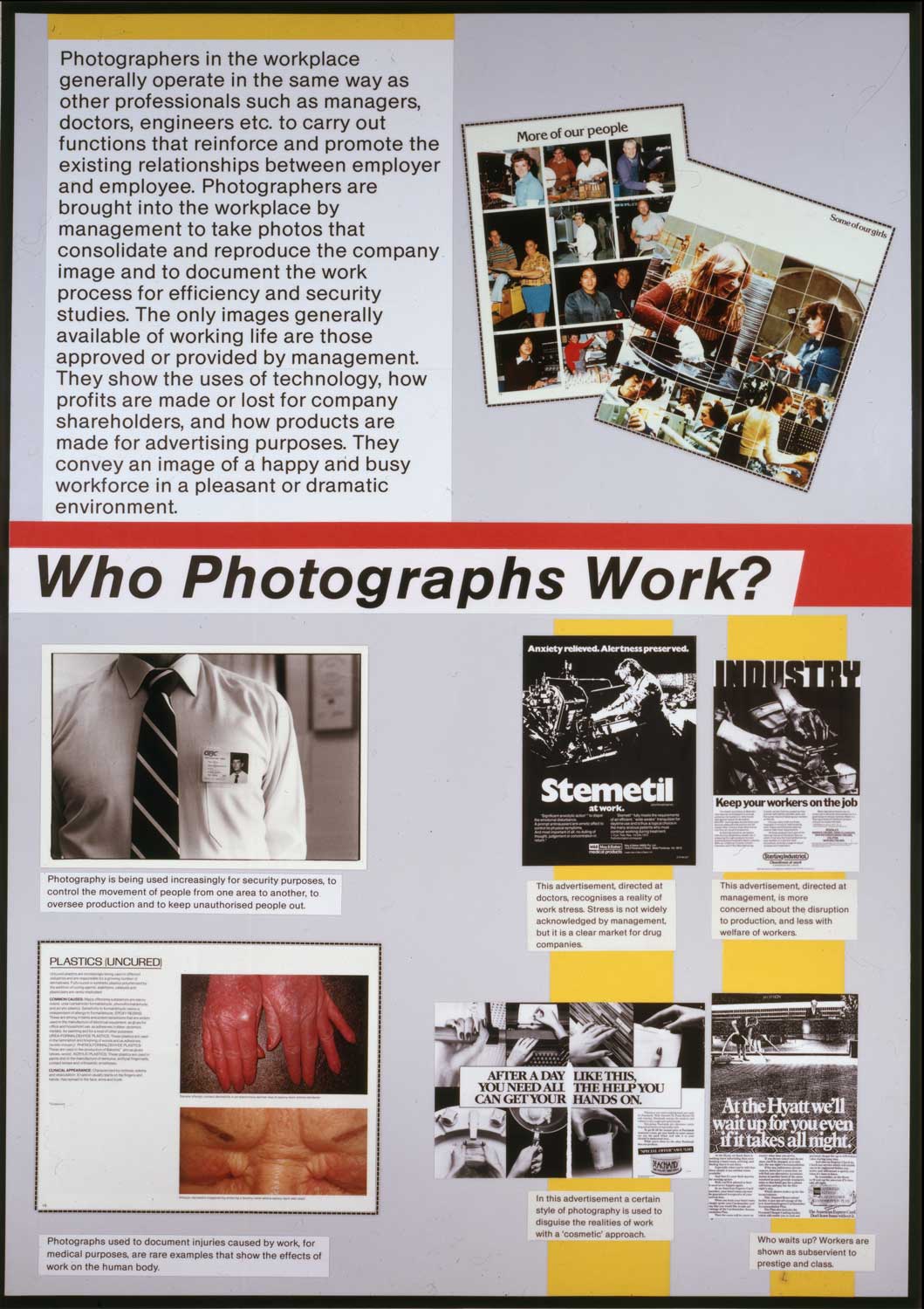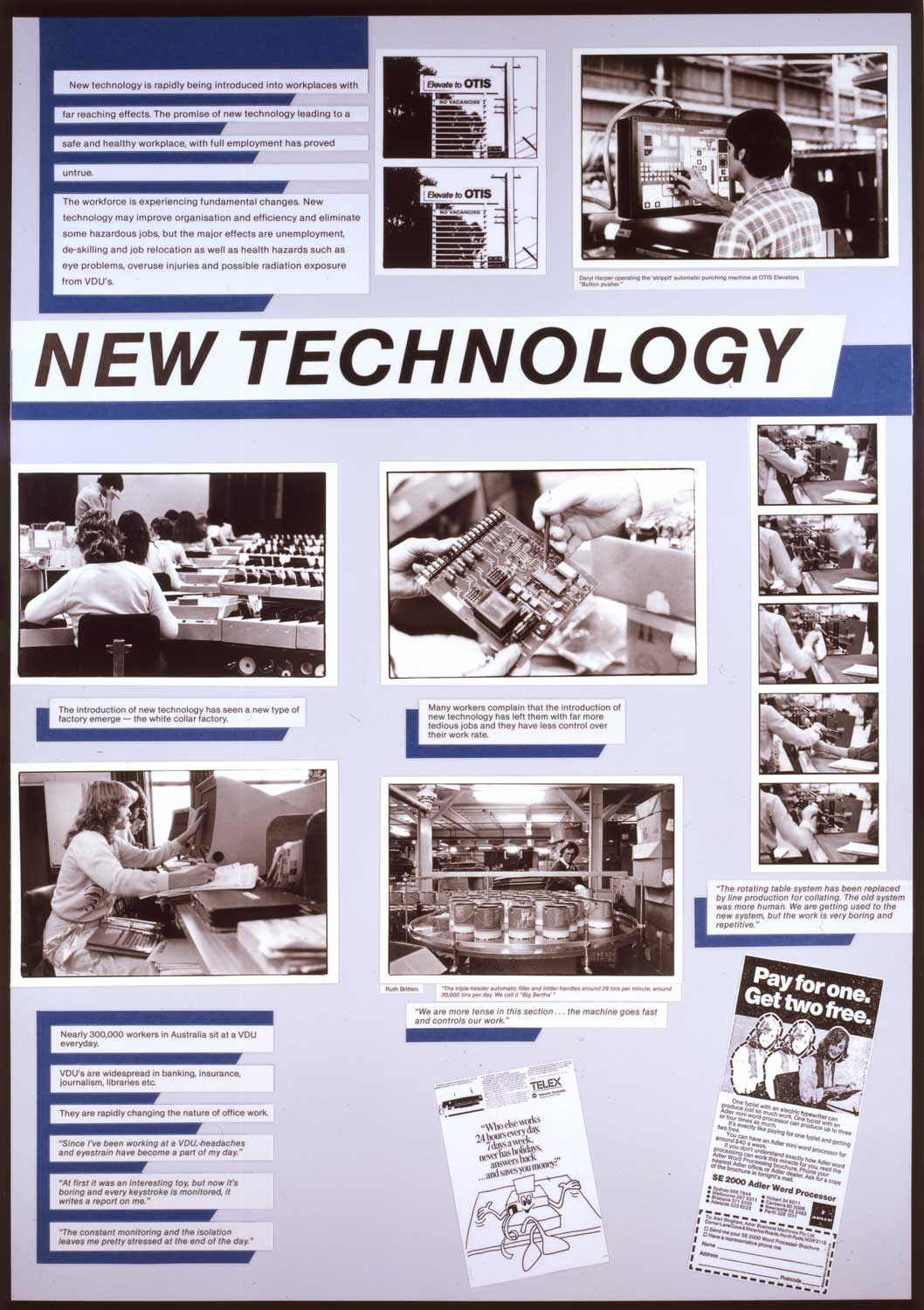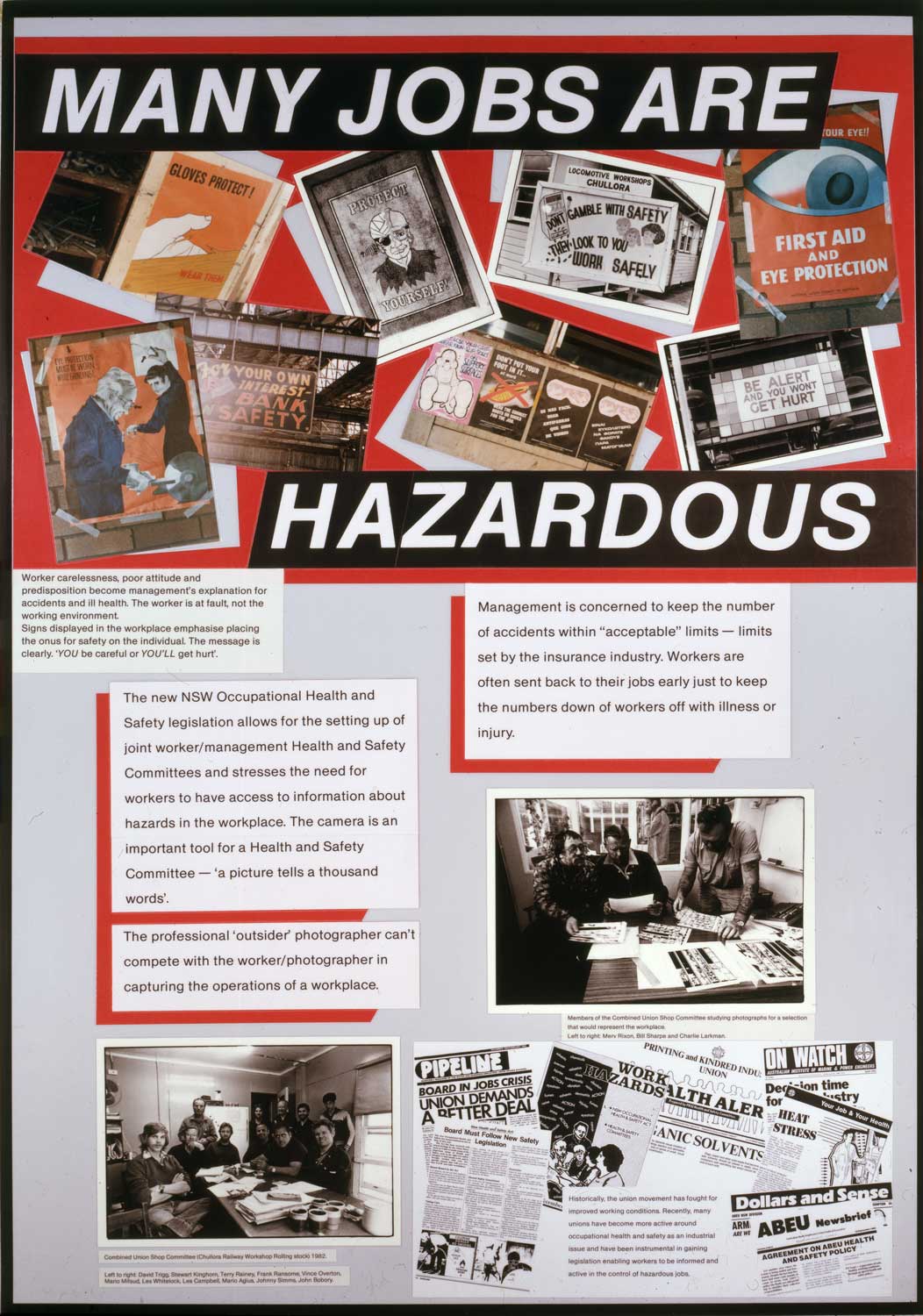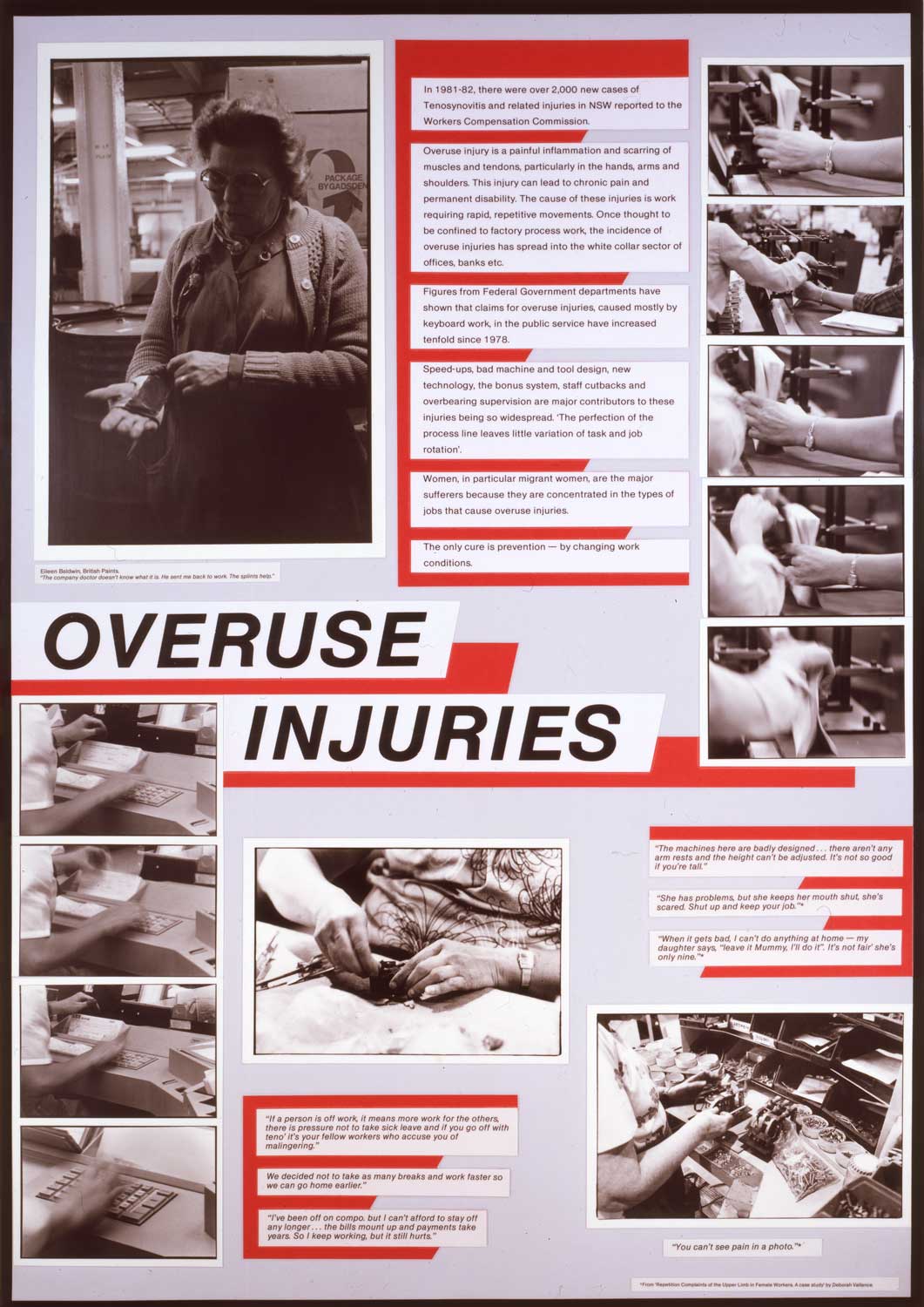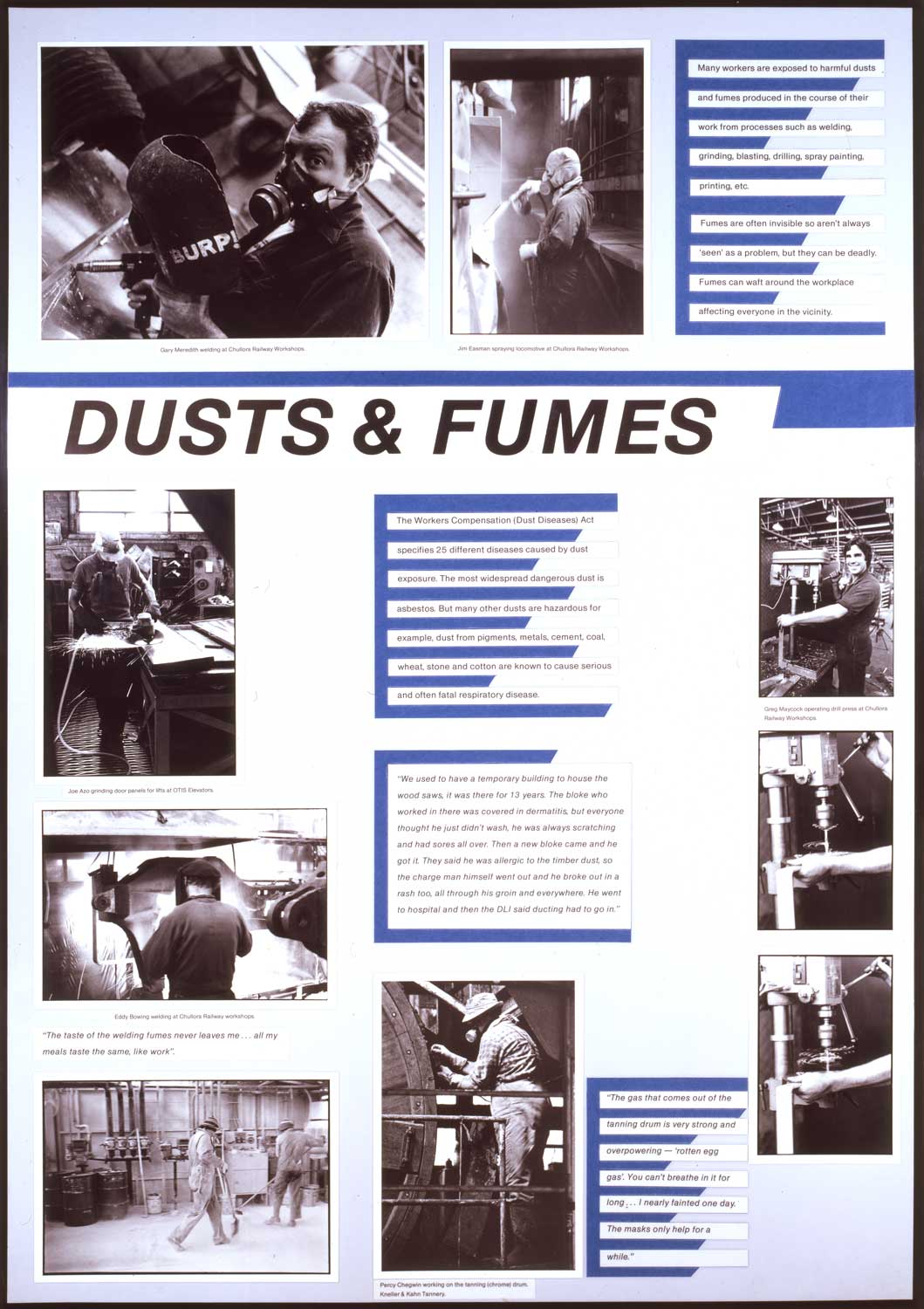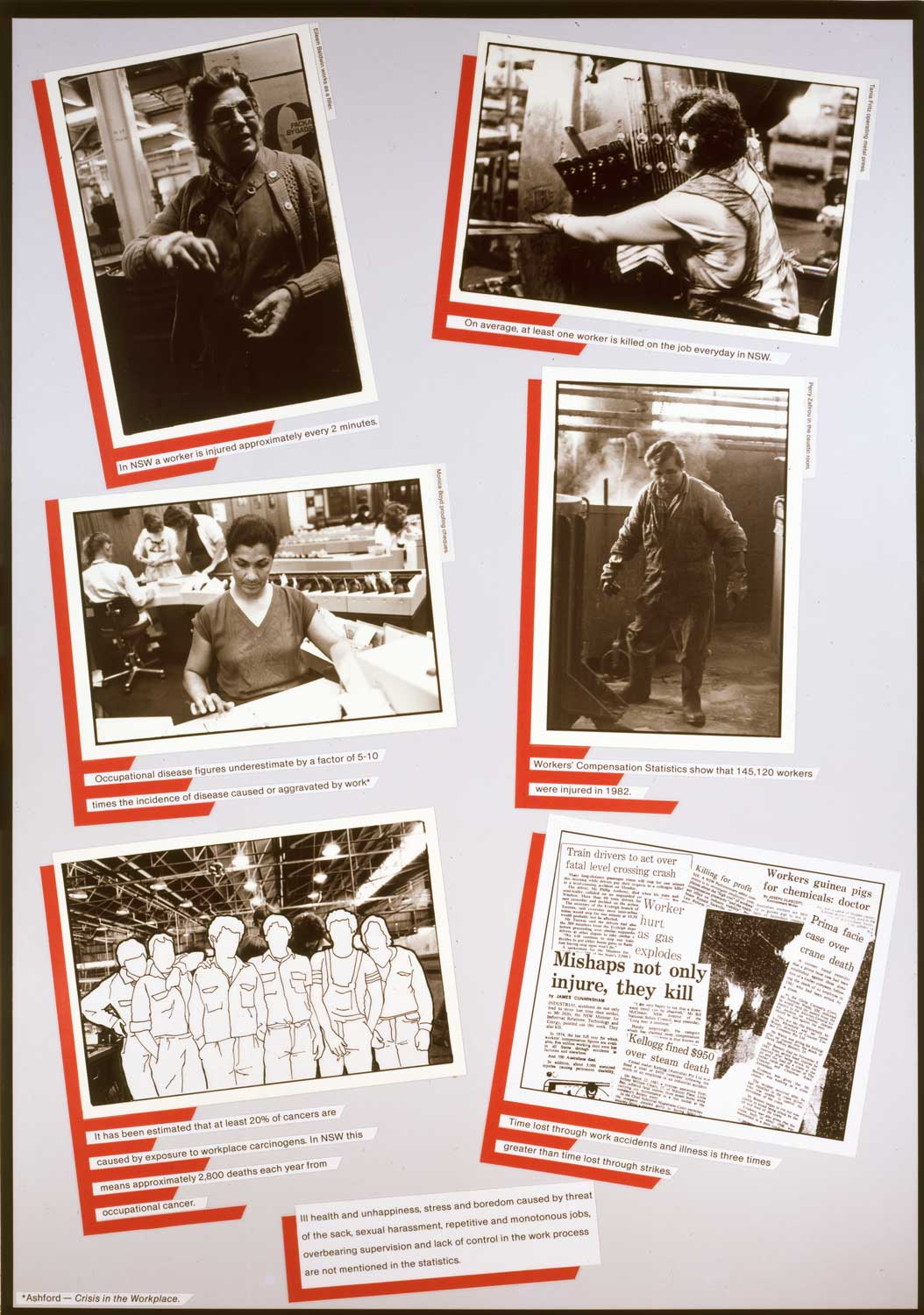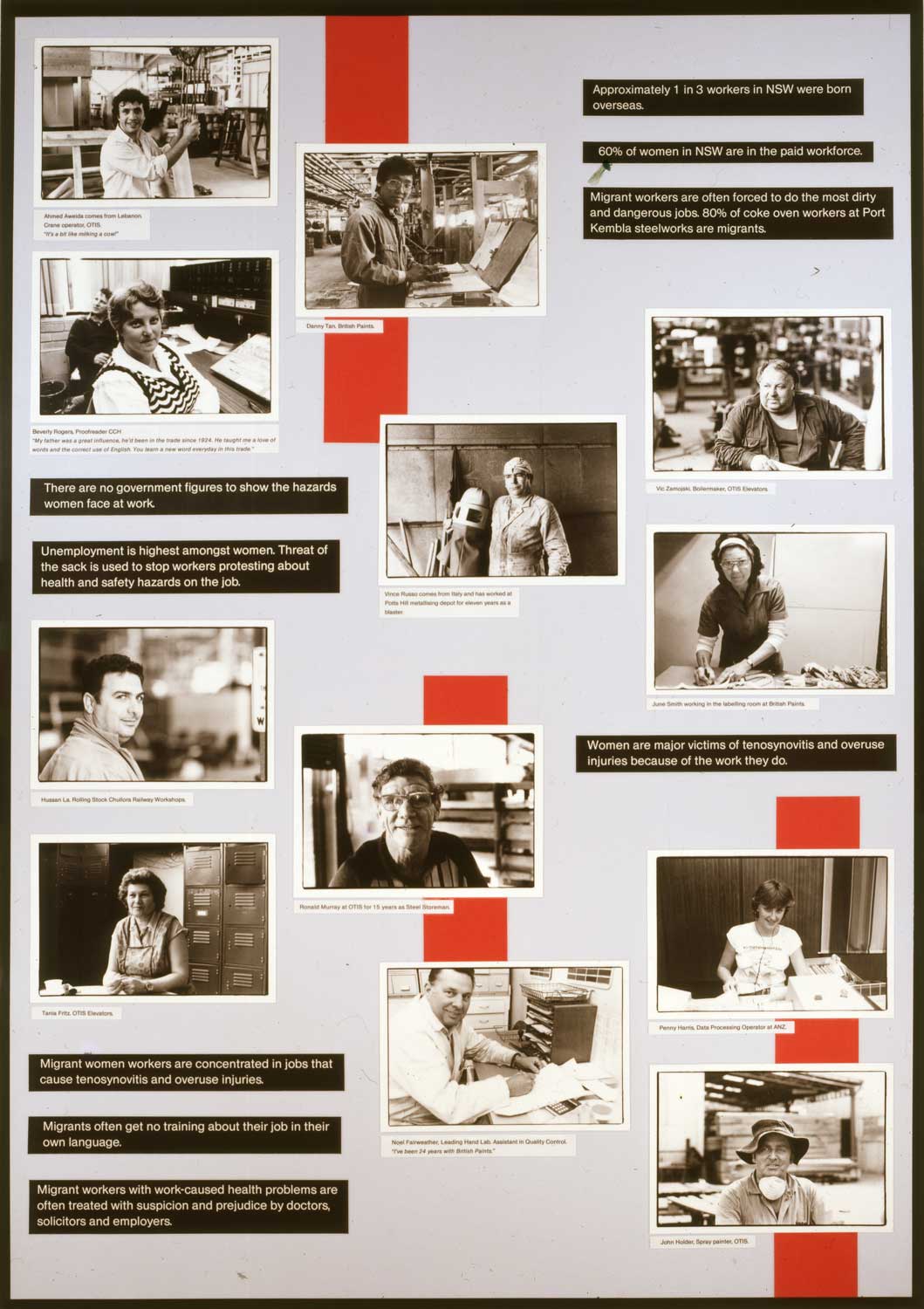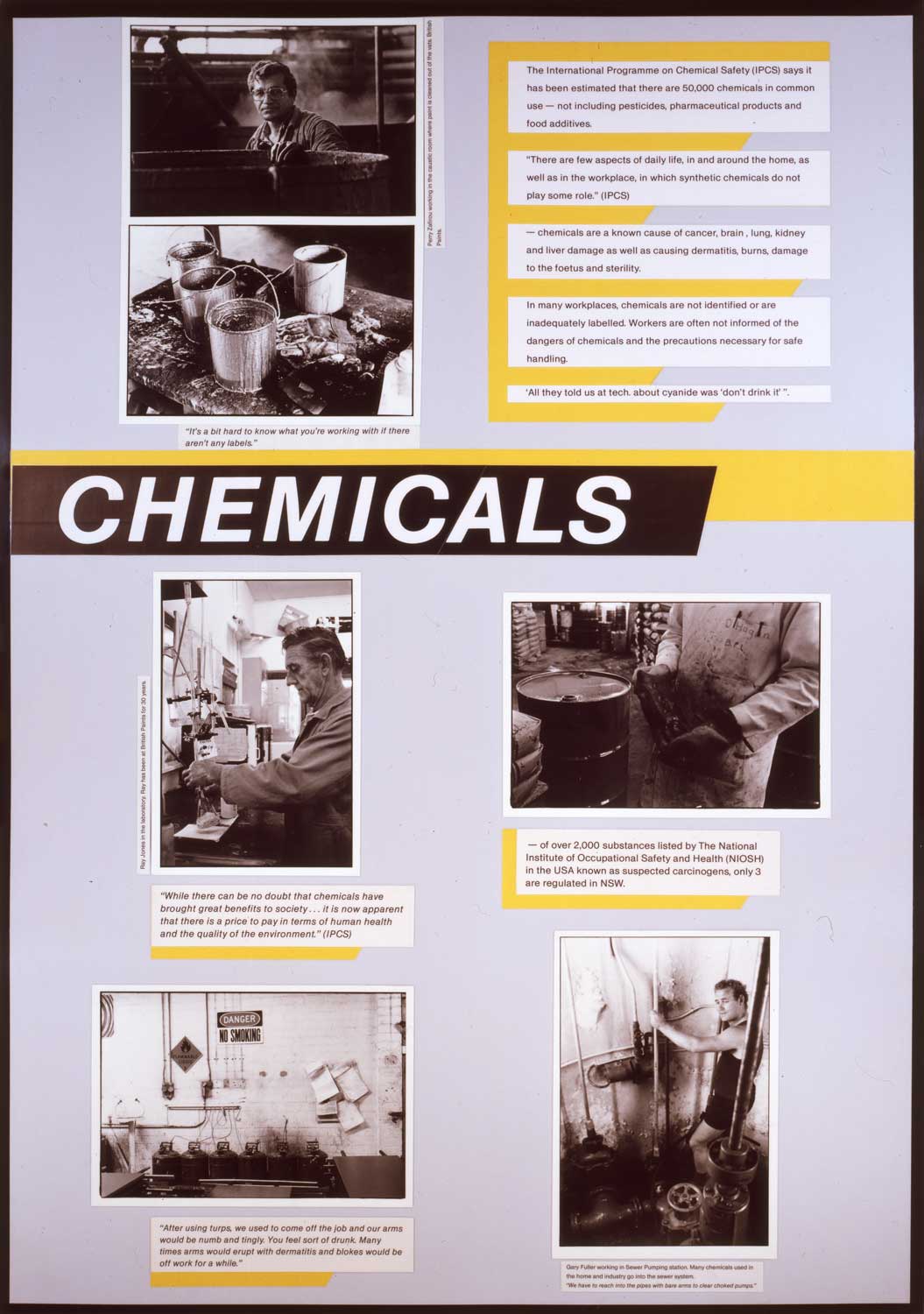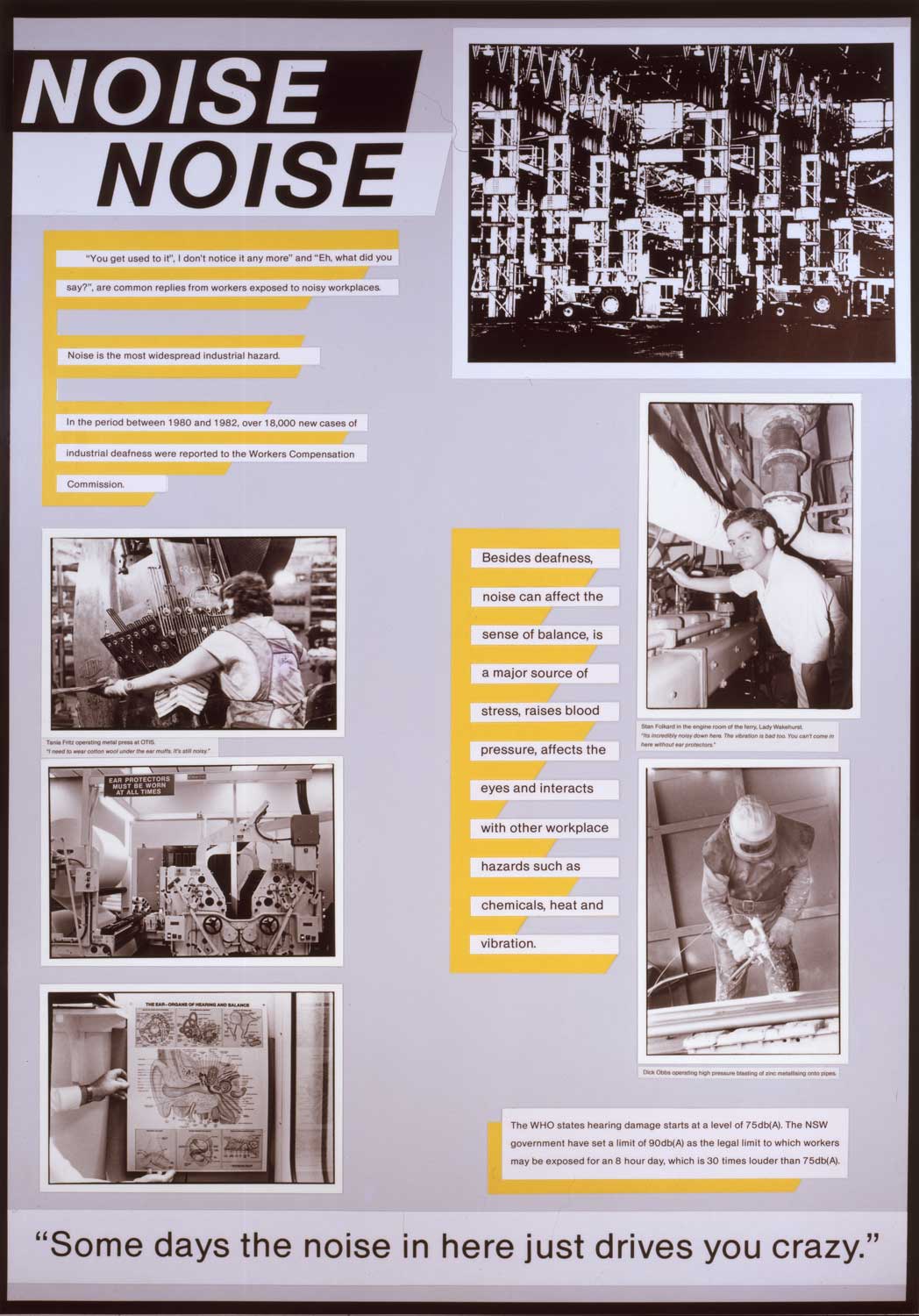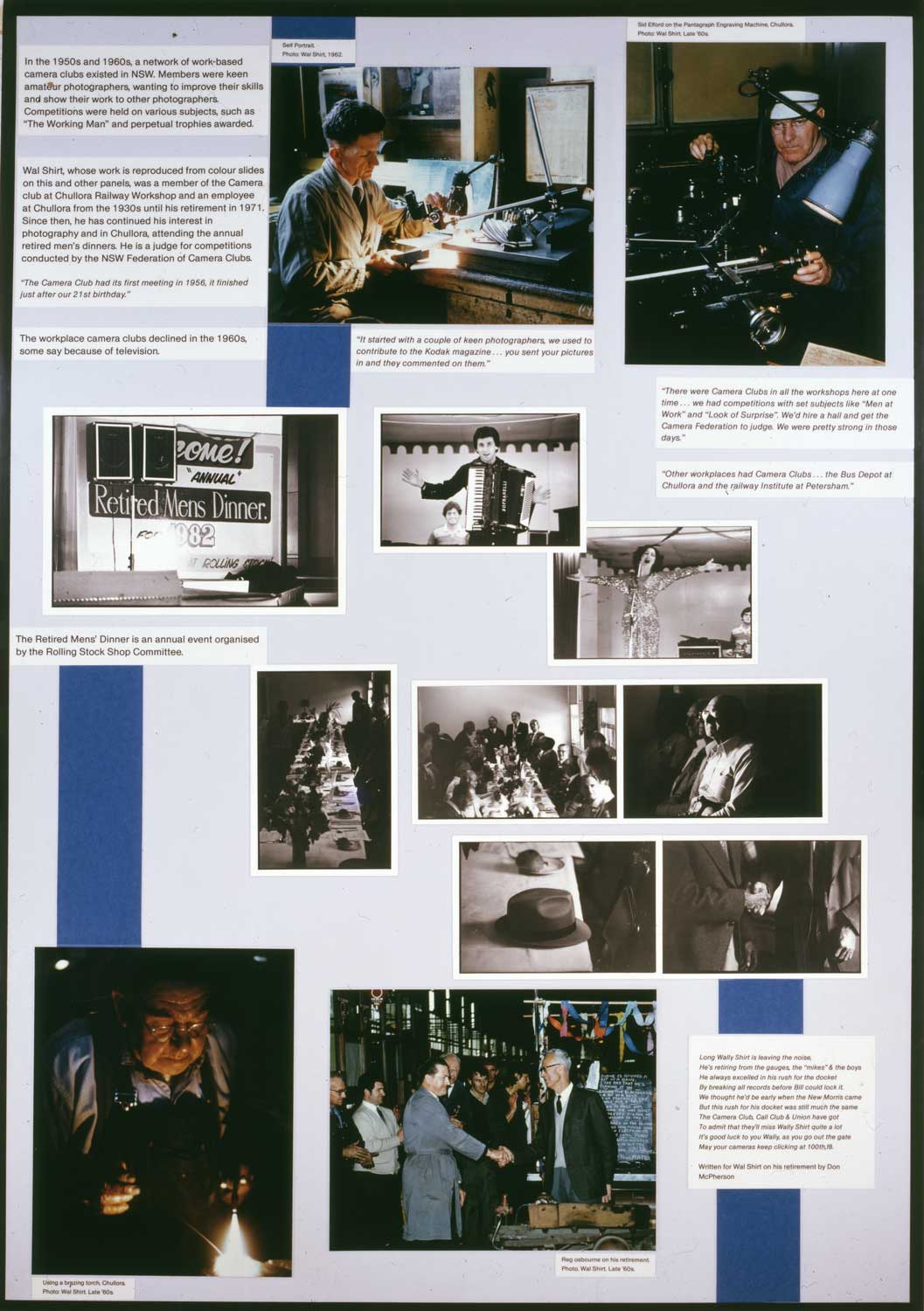Sydney, 1900. On January 25th, the Sydney Morning Herald carries a report about a suspected case of Bubonic Plague, discovered in The Rocks, Sydney - not far from Circular Quay, where today large cruise ships disembark passengers. The family is quarantined, and as this is the first case, they are treated well, their house is cleansed and effectively renovated while they are at the Quarantine Station. Arthur Payne, the first case, recovers. The medical system is all ready, waiting for them, wanting to test out its preparedness, since it has been getting ready for this for several years. A colonial health system is testing out its preparedness also for nation-state status, which will arrive the following year. But in 1900, the future of these colonies is uncertain and the outbreak serves as a kind of symbolic ‘war of independence’ in the absence of an actual struggle (though in 1900, Australian colonial troops are going to South Africa to fight in the Boer Wars, but that is far from the thoughts of Sydneysiders.) Subsequently 303 people contract the plague and 103 people die. I can tell you the names of everyone of them, it was such a small outbreak - unlike the pandemic of plague that raged through India and China in the 1890s in which millions of people died.
By coincidence, 120 years later,, January 25th 2020 is also the day that the first confirmed case of coronavirus is detected in Australia. So I thought, in self-isolation, I would start to look at other parallels with this earlier quarantine period and see what rhythms exist in periods of lockdown.
Will it turn out, as it did in 1900, that initial panic subsides and people become used to living in a state of siege? Will it be that by June, things calm down and by July, there is no more news to be made from the outbreak? In 1900 attention then turns to the passing of the Commonwealth Bill through the House of Commons, setting up the possibility of Federation and to the situation in China, where the Qing Dynasty is in the continuous crisis of its last years.
I’m using the notes I made between 1986 and 1991 from newspaper reports and from official documents - fragments, incomplete: my research notes from a PhD; I was just on the verge of throwing out this material..
——————————————————————————————————————————————————————
SYDNEY MORNING HERALD, Saturday March 24th, 1900 (4 columns)
Decisive Action by the Government
Special Meeting of the Executive Council
A large Area Isolated
Inner Area Quarantined
Disinfection on a Wholesale Scale
One thousand Men to be Employed
Fumigation of Coasting Vessels
Proclamation Issued - people who live in quarantined area have option of going to North Head at Government cost or remaining confined in area. Tradesmen can carry out their account books but no other property. (my note: account books are not infectious; trade must not be interrupted) - "Infected Area" surrounds the quarantined area. Here "the people will be under surveillance, but generally speaking, not in such a manner as to cause them much inconvenience.." unless plague occurs, when the restrictions imposed may be found "irksome" - 500 men to be immediately employed and to stay in quarantined area. Prophylactic ordered from India and from Pasteur Institute in Paris; health authorities also intend to manufacture their own. - people gathered in streets, waiting to be quarantined. When will it happen, they asked all evening. Then at 10.30, 40 police arrived.
Suggestion for Plague Eradication Burning Barrels of Pitch and Tar - from O'Sullivan, Minister for Works. Great Plague of London - 6000/week killed. Great Fire stopped it all; We can't afford to burn area but pitch and tar would destroy all germs. And it would only cost £300. (My note - 2020: We’ve already had our Great Fire – it happened over summer 2019-2020!)
A Prejudice Against Oysters - assurance that oysters on sale don't come from Sydney Harbour but from Port Macquarie and Wallis Lake. -
Letter from George R. Dibbs saying fill in Darling Harbour -
Letter From Henry Priestley, produce agent in Sussex St complaining of having been kept waiting two days for inoculation.

























































